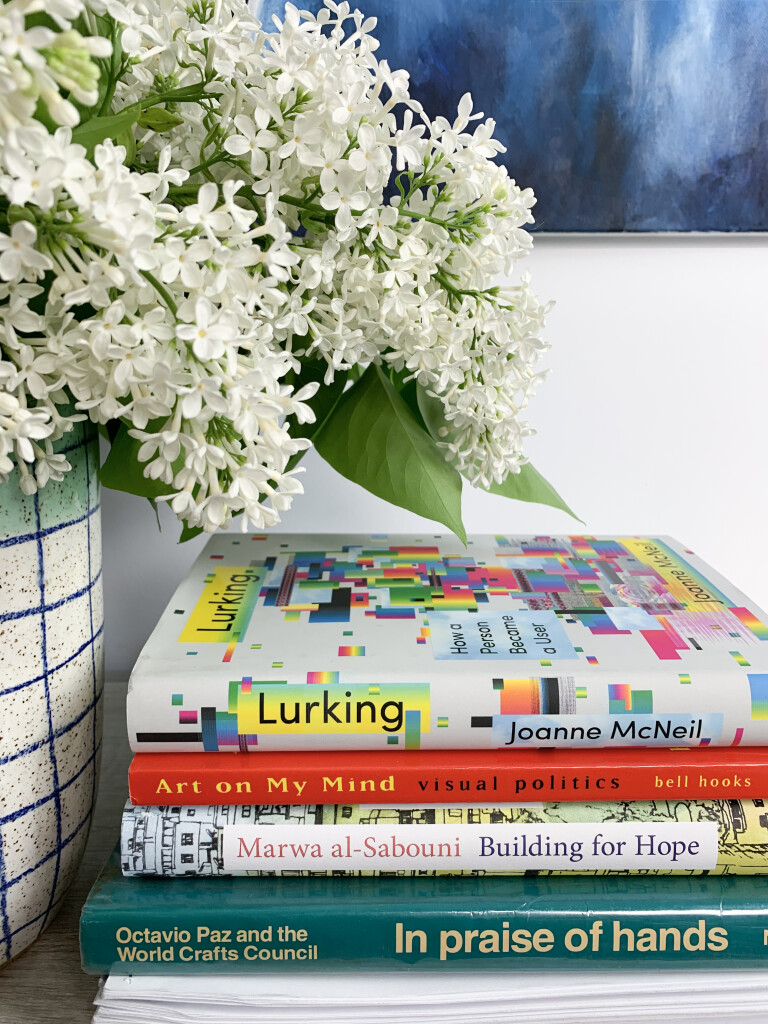
After a couple of months where I didn’t read as much, I found myself ramping things up in April. I still didn’t read a lot, partly because it took me a while to finish this thesis on quilts, but I still managed to get in a few interesting reads.
In Praise of Hands is an interesting mix to my monthly read, because it’s actually a 50 year old exhibition catalog. But the reason I read it was because I found myself frequently underlining passages from the essay by Octavio Paz that were quoted in Piecing Together Creativity. After searching for the essay online, and only finding it in Spanish (which I do not read), I was happy to find this book used for $5 online.
What I really loved about the essay, titled Use and Contemplation, is the insistence that “art is not a concept: art is a thing of senses.” Clearly, as someone who is fascinated by the sensory aspects of art, this rings incredibly true, but I also love how it upends the Modern definition of art as idea or concept to get back to a more traditional definition of art that makes room for use, beauty, and the sensory qualities of the art we live with.
Art on my Mind by bell hooks was another book that was frequently quoted in Piecing Together Creativity, which is what motivated me to pull it off my “to be read” pile. This book is a collection of essays and interviews, and the breadth of the topics makes it a good starting point for learning more about Black art and Black aesthetics and criticism. Two essays in particular that I was really drawn to were Women Artists: The Creative Process, which emphasizes the importance of carving out both time and space for female creativity, and Beauty Laid Bare: Aesthetics in the Ordinary, which makes an argument for the power of art to satisfy our desire for beauty and luxury in a way that can potentially overcome the materialistic problems of capitalism.
Another book that made it’s way off my TBR pile this month was Lurking: How a Person Became a User by Joanne McNeil. I can’t remember what originally drew me to this book, whether it was it’s criticism of Internet culture or Jenny Odell (author of one of my favorite books, How to Do Nothing)’s blurb on the back, but it was Odell’s endorsement of the book in an interview she gave with Ezra Klein that encouraged me to finally read it.
While still being critical of the early Internet’s problems, McNeil’s book gives a history of the Internet that made me nostalgic for the days when the Internet was a little more weird and a little less harsh. (Which, for me, were the days in the late Oughts when I first started blogging and before social media dominated our Internet hours. Boy, do I miss those days of blog rolls and making friends in the comment section.) Like many books critical of current Internet culture, this one doesn’t have many solutions (because how do you really take on Zuck and Bezos?) but I do love her assertion that the Internet needs librarians – both as keepers of culture and as people whose job it is to help us organize, understand, and make sense of the vast volume of content that arrives on the Internet every day.
I stumbled on Building for Hope: Towards an Architecture of Belonging by Marwa al-Sabouni this month at a bookstore, and immediately knew I needed to read it. Written by a Syrian architect, this book explores the ways architecture can address our fears and needs in order to create a better world for all of us. There are definitely some touches of books like Joyful and The Architecture of Happiness, but I love that this book takes a broader view to look at how our individual built environments come together into a whole. The book also talks about the problems with the rise of the Factory City and the loss of craftsmanship, and makes a pretty convincing case for anti-capitalism without explicitly declaring itself a book on anti-capitalism.
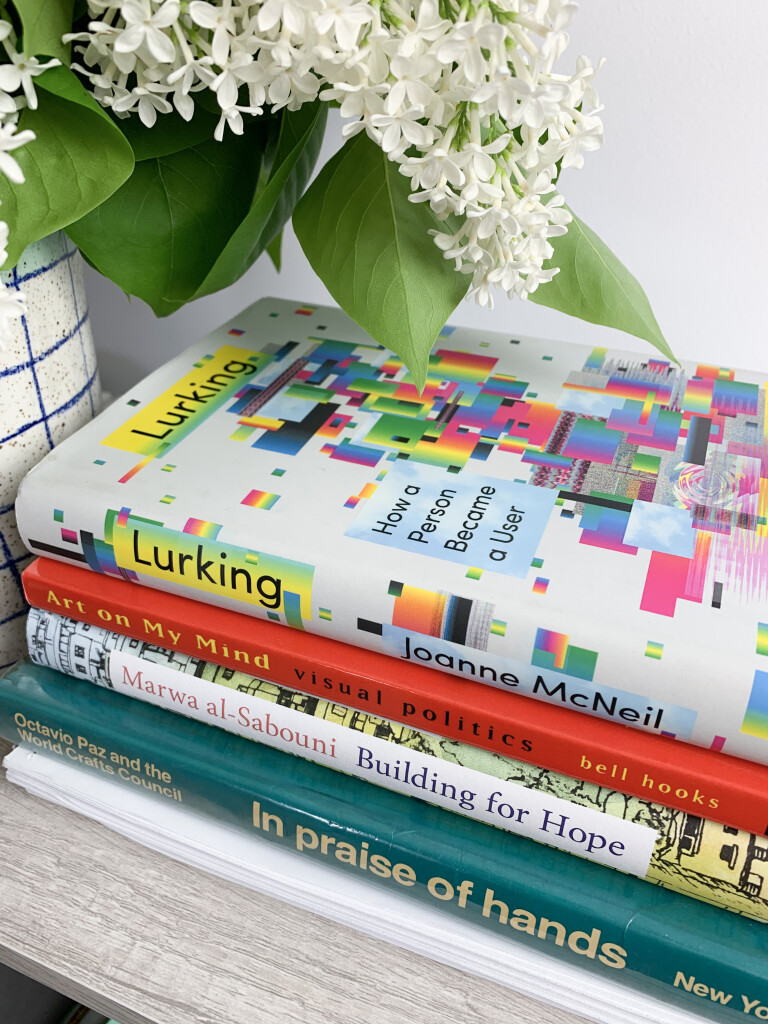
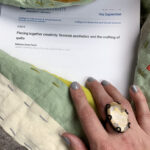
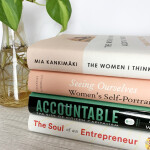
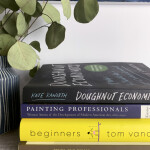
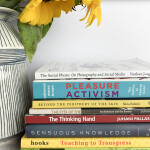
Leave a Reply